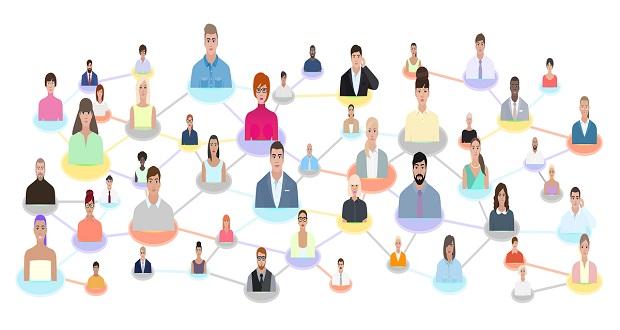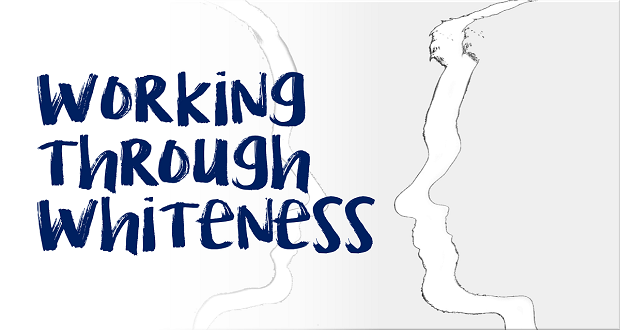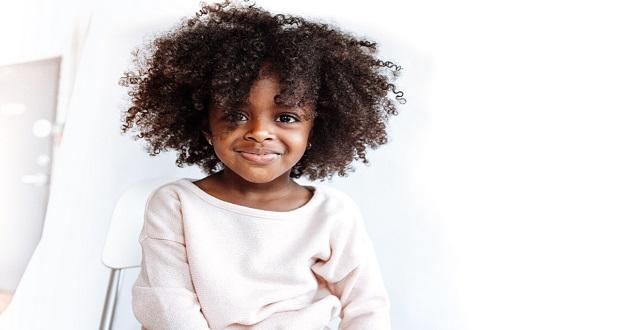The Winters Group is encouraging its employees, principle strategists and all its stakeholders, including clients to #LiveInclusively. Both a symbolic and concrete manifestation of this encouragement is the #LiveInclusively pledge. As begun in last week’s blog post entitled “Live Inclusively Actualized: What is Self-Awareness [Understanding], Really?,” the first step to #LiveInclusively is to understand yourself, and your culture better. Today’s blog post will focus on the next step, to be “culturally intentional.”
The portion of the pledge we will discuss reads:
I will be intentional in exposing myself to difference. If I don’t know, I will ask. If I am asked, I will assume positive intent. Most importantly, I will accept my responsibility in increasing my own knowledge and understanding.
What I will offer is a definition of cultural intentionality that captures the spirit of this passage, why culturally intentionality is important and relevant, and possible next steps to be more culturally intentional.
Definition
To begin, let me suggest a definition developed by Allen Ivey in 1987. Allen E. Ivey is a Distinguished University Professor (Emeritus) at University of Massachusetts, Amherst and Professor of Counseling at the University of South Florida, Tampa (Courtesy Appointment). He has written, or co-written, the books Intentional Interviewing and Counseling: Facilitating Client Development in a Multicultural Society; and Essentials of Intentional Interviewing: Counseling in a Multicultural World.
In 1987, Dr. Ivey wrote an article entitled “Cultural Intentionality, the Core of Effective Helping[1]” which was a response to an earlier article written by Arthur Loyd. Dr. Loyd questioned whether information about a specific subculture is helpful in counseling a client who is labeled as being from that subculture or if the differences within groups might possibly be as great as the difference between groups. Essentially, Dr. Loyd believed proper and traditional counseling skills would transcend the need for cultural awareness in effective counseling[2], and that counseling is more effective with clients of another culture when it is unaided by the use of generalized information about that culture.
In his response, Dr. Ivey defined “cultural intentionality,” as understanding the cultural context where behaviors are learned and displayed, and argued it was essential for proper counseling. He outlined cultural intentionality as requiring:
- Empathy, or seeing the world through another person’s eyes
- Accepting a person, or group where it is and not where you want them to be
- Understanding not only each group member’s perception but also the “group perspective” as a whole
- Acknowledging the multicultural context of each group
- Communication competencies related to observation, listening, reflection and attending behaviors
His basic claim? “Culturally intentional counselors are aware that clients live in many different frames of reference, that ‘what works’ effectively with one client may fail with another of a different background, and that the counselor must constantly search for and develop new styles of helping to reach clients from differing cultural and experiential backgrounds.”
Cultural intentionality requires a willingness to grow, change and meet the needs of the unique individual before you. It requires the ability to recognize problems in the moment and develop new methods to meet new challenges.
Relevance
Fast forward to 2018. Why is cultural intentionality, and the Winters Group #LiveInclusively pledge, so important? It is important because we live in an increasingly polarized world, where your efforts to be culturally intentional will not only increase the probability of your individual, and organizational, success but also result in less pain, death and hardship in the world.
A recent report by MTV/PRRI entitled Diversity, Division, Discrimination: The State of Young America detailed how young people report having more conversations about discrimination and bias in the last 12 months. A majority (55%) of young people report having more conversations with friends or family members about groups of people being targeted or treated unfairly in the last 12 months. More than six in ten Hispanic (62%) and black young people (61%) and about half of white (51%) and Asian / Pacific Islander young people (50%) report this occurrence.
However, there is a considerable gender divide among white young people. White young women are much more likely than white young men to report having more conversations in the last 12 months about discrimination (61% vs. 42%, respectively). Moreover, young people’s perspectives on race relations and LGBT rights vary widely by race, ethnicity, and gender.
Eight in ten (80%) black young people and a majority of Asian / Pacific Islanders (55%) and Hispanic (52%) young people say race relations are a critical issue to them personally, while only 37% of white young people agree. Nearly half (46%) of white young women say race relations are a critical concern to them personally, compared to only 29% of white young men.
We are seeing the world, and our ability to interact effectively, differently. As Dr. Ivey offered nearly thirty years ago, your ability to be empathetic, accept, understand, acknowledge and communicate across cultures is at the core of effectively helping to solve the level of polarization we are currently experiencing.
Action
So, how might you incorporate the guidance of Dr. Ivey, the reality of current events, and actualize the #LiveInclusively pledge: “I will be intentional in exposing myself to difference. If I don’t know, I will ask. If I am asked, I will assume positive intent. Most importantly, I will accept my responsibility in increasing my own knowledge and understanding.”
I would encourage you to complete a 4E plan as detailed in the book “We Can’t Talk About That at Work,” by Mary-Frances Winters, the CEO of the Winters Group. A 4E plan contains the four components of Exposure, Experience, Education and Empathy.
Each component can be defined as follows:
- Exposure: Increased contact with difference, people, values, beliefs or norms different that your own.
- Experience: Creating transformative experiences to build relationships and shared meaning with people you perceive as different than you.
- Education: Developing new skills, knowledge and ways of thinking.
- Empathy: Practice understanding others from their perspective
Within each component give yourself a score from 1 (low) to 5 (high) to which you believe you have incorporated this component into your life in a manner that is allowing you to fulfill the pledge to #LiveInclusively. Below is a sample action plan that one could complete over a 3 to 12-month period.
| Exposure Rating = 4 | Education Rating = 2 |
| · Eat at a restaurant different that your cultural tastes, and research of the food selected
· Volunteering for a group, or in a neighborhood culturally different than your own |
· Complete an Intercultural Development Inventory (IDI), Intercultural Conflict Style (ICS) or LIFO/Life Orientation assessment
· Read “We Can’t Talk about That at Work,” or “Culture Crossing, Discover the Keys to Making Successful Connections in the New Global Era” |
| Experience Rating = 3 | Empathy Rating = 3 |
| · Attend someone’s church
· Participate in a protest |
· Attend an immersion event, through books, movies or friendships, get absorbed in another’s life
· Learn and practice “Reflective Listening” |
So, get started! Commit to the pledge to #LiveInclusively, and be “culturally intentionally” by developing and implementing your 4E plan.
[1] Counselor, Educator and Supervisor, March 1987
[2] Multicultural Counseling: Does It Belong in a Counselor Education Program?, Counselor, Educator, and Supervisor, March 1987


















